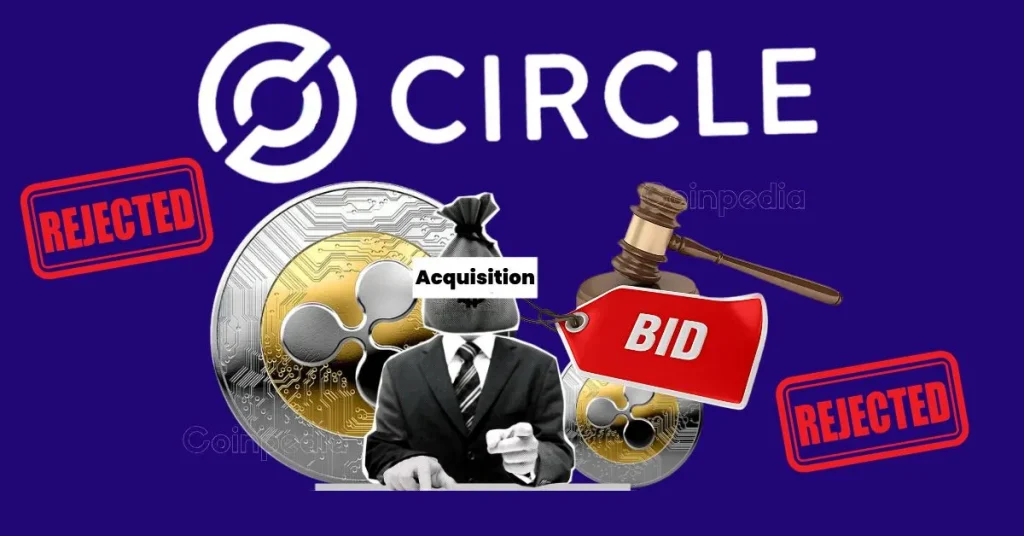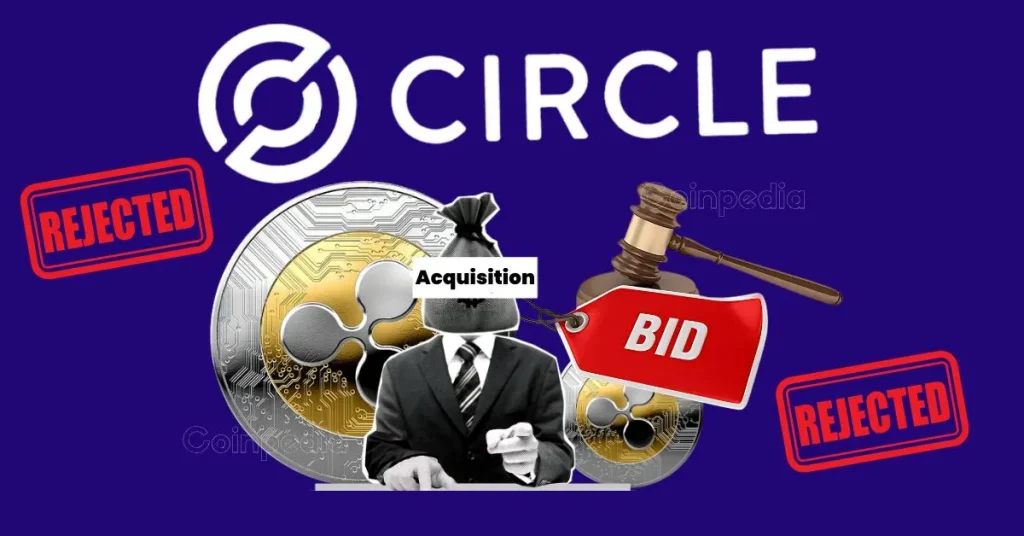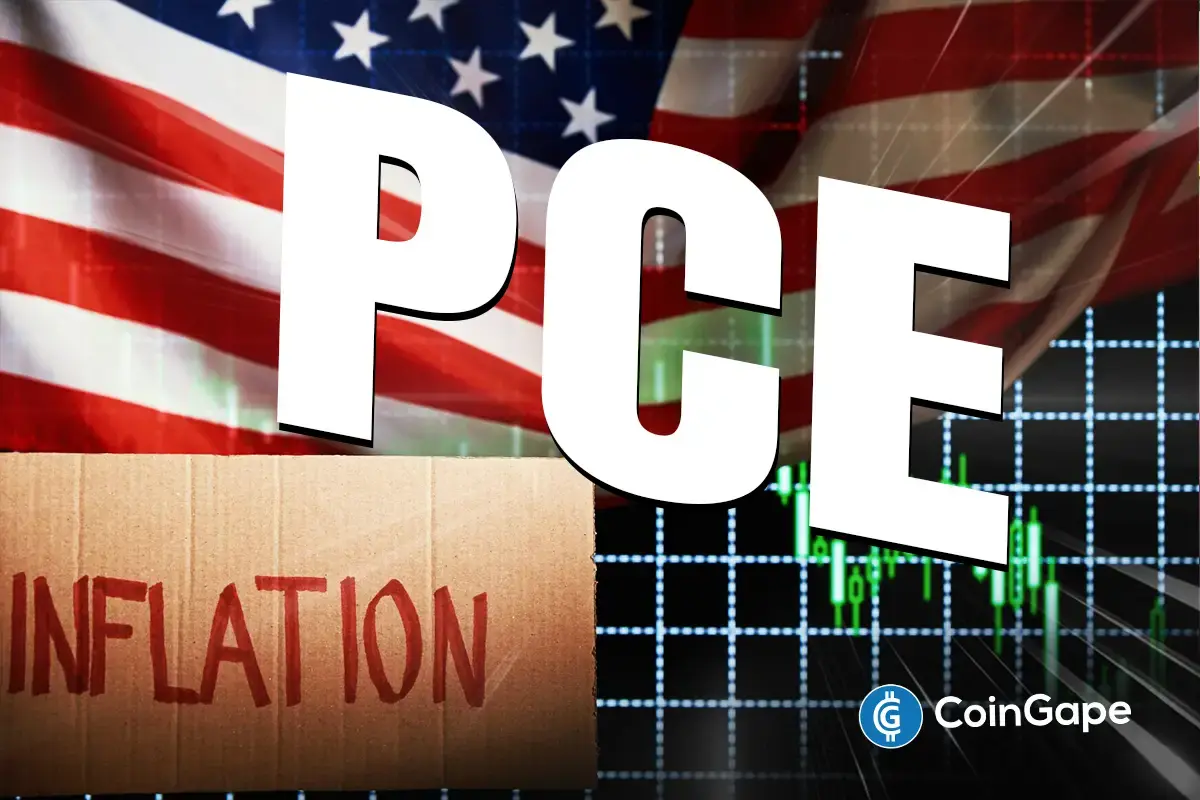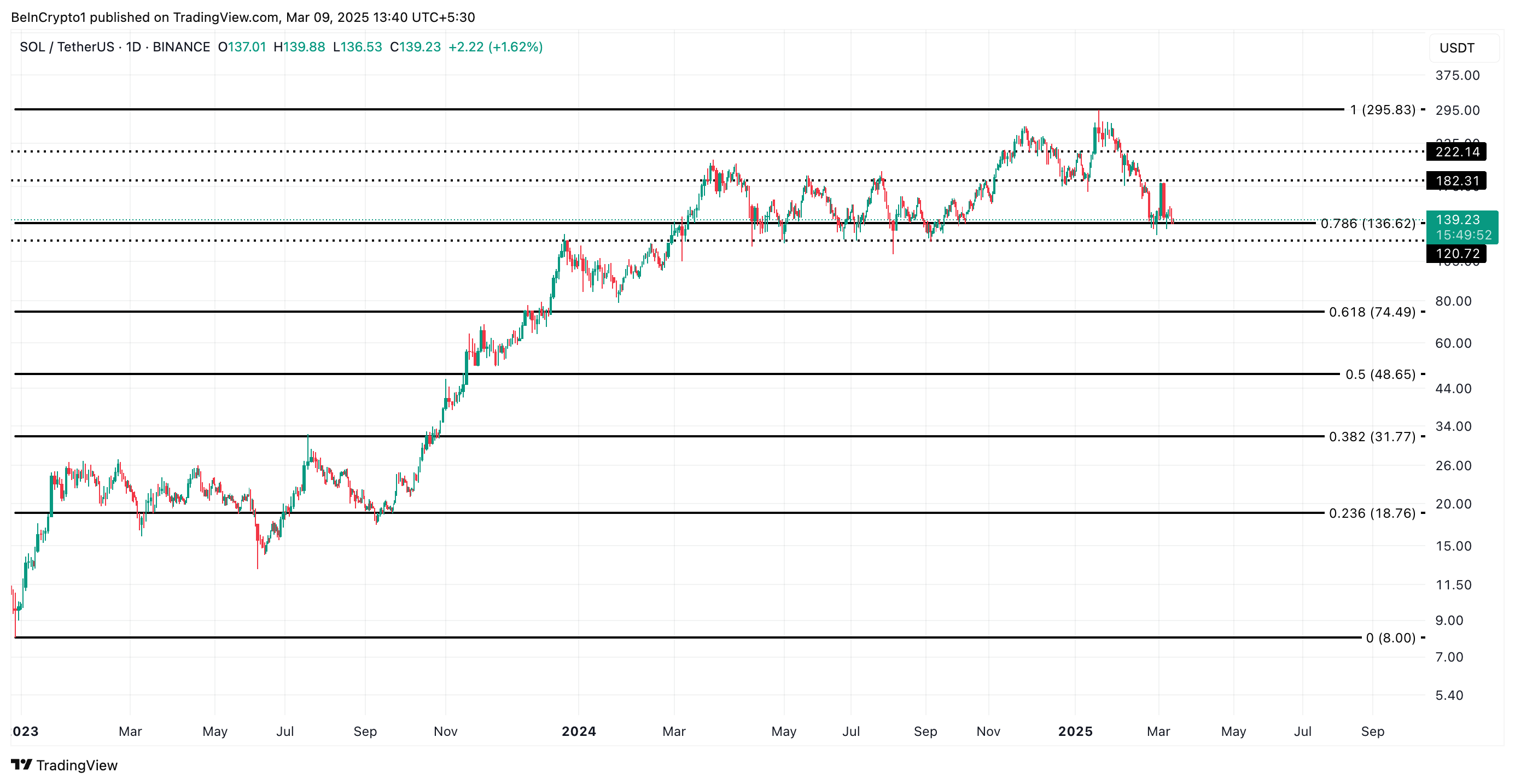
The post Coinbase’s Stake in Circle Could Block Ripple’s Alleged $20 Billion Offer appeared first on Coinpedia Fintech News
Ripple is back in the headlines, reportedly raising its acquisition offer for Circle, the issuer of USDC. Initial reports suggested Ripple offered between $4 billion and $5 billion, but the offer was rejected by Circle. Now, new sources claim Ripple has increased the bid to $20 billion — though no official confirmation has been made.
Pro-XRP lawyer John Deaton weighed in on the situation. He said that Circle filed its S-1 registration with the SEC on April 1, 2025, planning to go public on the New York Stock Exchange (NYSE) under the ticker “CRCL.” JPMorgan Chase and Citigroup are listed as the lead underwriters, with the IPO expected to launch this summer.
Circle is reportedly targeting a valuation between $4 billion and $5 billion, which aligns with Ripple’s initial offer. However, this is still significantly lower than the $9 billion valuation Circle had aimed for during a failed SPAC merger back in 2022.
Deaton suggests Circle rejected the $5B offer because it expects its post-IPO value to be higher, possibly close to or above that $9B mark. He also highlighted the regulatory shift in favor of crypto, with pro-crypto policies and the possible passing of the STABLE GENIUS Act, as signs that a $10B+ deal wouldn’t be unrealistic.
Adding another layer of speculation, Deaton questioned Ripple’s relationship with Coinbase, which already owns a minority stake in Circle. This raises the possibility of a bidding war between major crypto players.
As of now, both Ripple and Circle have not confirmed any details of ongoing acquisition talks.








